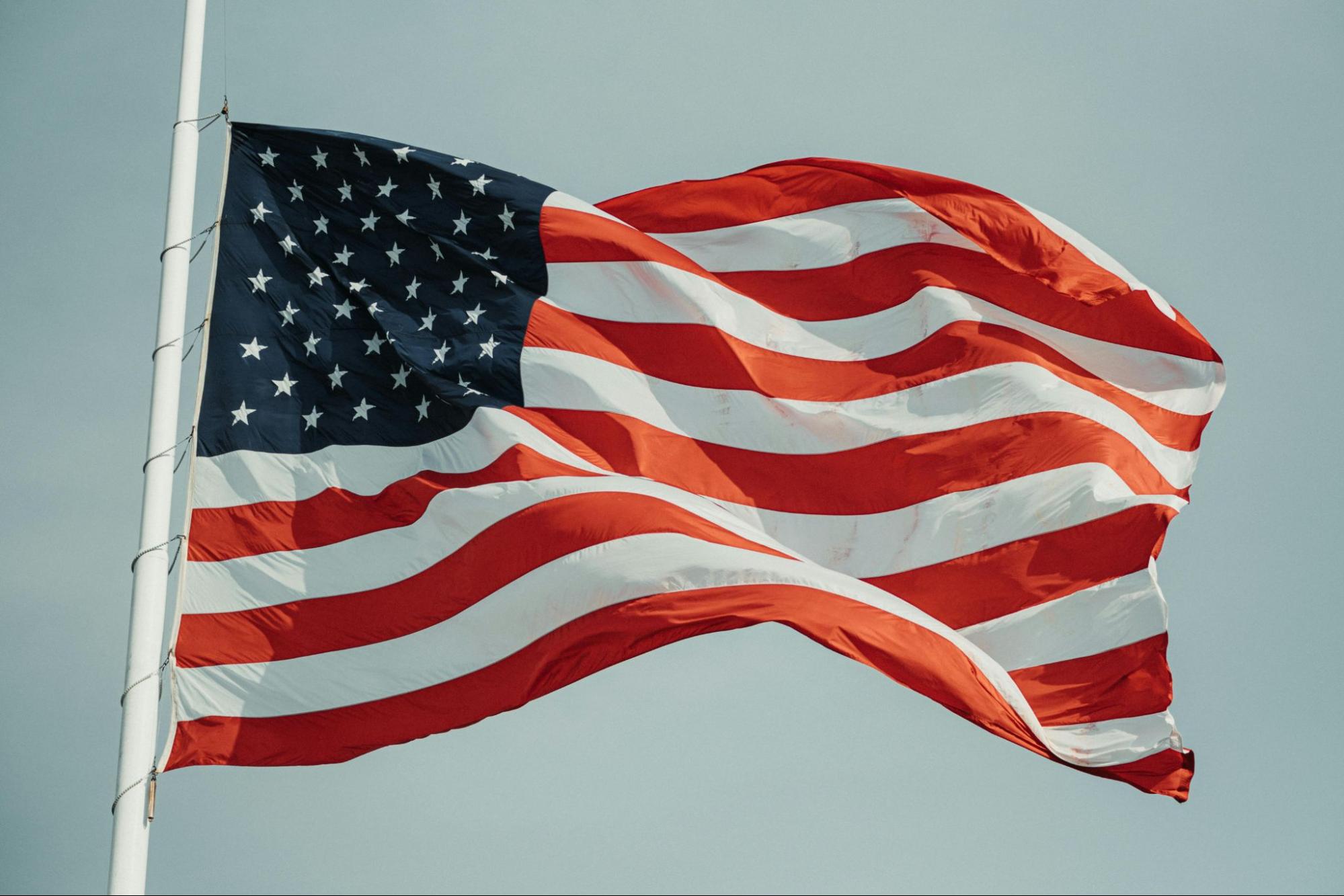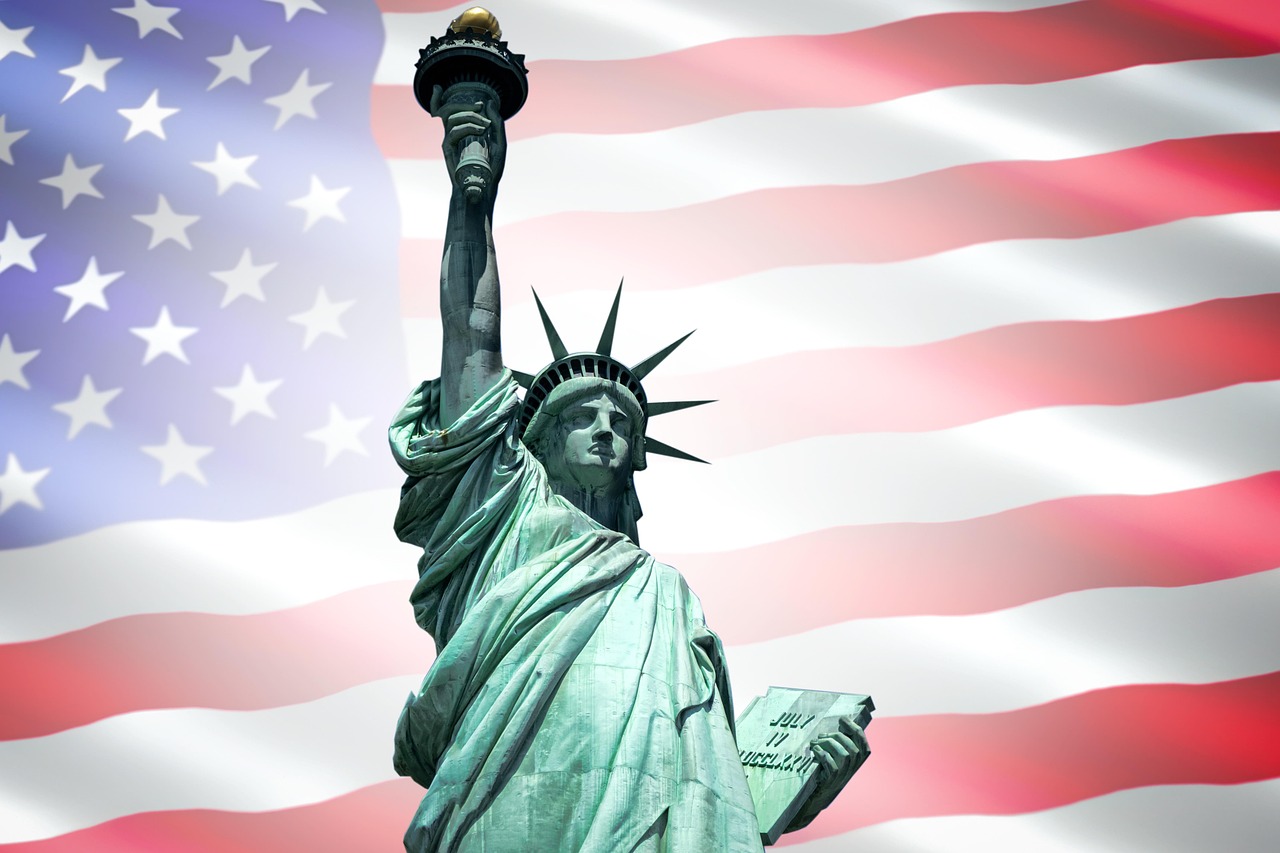
How Many Stars are on the American Flag?
Have you ever thought about the stars on the American flag? If yes, you might have tried to count them. These stars aren’t just decorative. Even they hold deep meaning, representing the unity and history of the United States. Each star has a story to tell from its placement to its symbolism.
Over time, the number of stars has changed as the nation expanded, reflecting new chapters in American history. Today’s familiar 50-star design is the result of centuries of growth and change.
In this post, we’ll explore how many stars are on the American flag, why they’re there, and what they stand for.
Why Are There 50 Stars?
Simply, the 50 stars on the American flag represent the unity of 50 states under one nation. That's not the only reason. Stars have a strong image that can be recognized from a distance.
As mentioned above, the flag's design has evolved. The first official U.S. flag was introduced in 1777. At that time, there were only 13 states, representing the 13 original colonies. After the country expanded and new states joined the Union, the number of flags increased accordingly.
On August 21, 1959, the 50-star flag order was passed by and adopted in July 1960. Since July 4, 1960, the 50-star flag has been in use following Hawaii's admission as the 50th state.

The History of Stars on the American Flag
The stars have grown in number, but their meaning, unity, and pride have stayed the same. Read on to know more about how many stars are on the American flag from the start (1777) to now (2025).
-
1777
: First official U.S. flag with 13 stars for the original colonies.
-
1800
: Stars were added with each new state design, which changed 27 times.
-
1818
: Congress set the rule to add a star for each new state on the next July 4.
-
1912
: 48-star flag introduced after New Mexico & Arizona joined.
-
1959
: Alaska became the 49th state, with a 49-star flag.
-
1960
: Hawaii joined the 50-star flag, which is still in use today.
Why Knowing the Number of Stars Matters?
As an American, you should know how many stars are on the American flag. It matters a lot for a number of reasons. Without ado, let’s get an overview of the same.
Symbolic Representation
-
Stars
: The 50 Caucasian stars in a field of blue represent the 50 states of the United States of America directly.
-
Stripes
: The 13 horizontal rows of red and white represent the 13 original colonies within Britannia that rebelled and gained independence against Great Britain.
Historical Context
-
Evolution of the Flag
: Over time, the American flag has changed according to the development of the country.
-
Early Flags
: The earliest version of the American flag included 13 stripes and 13 stars, representing the original colonies.
-
A Star per State
: With each admission of a new state into the Union came the addition of a new star to the flag.
-
The Current Design
: The existing flag 50 stars was adopted after the entry of Hawaii as the 50th state in 1959 and became official on July 4, 1960.
Significance for the Nation
-
Unity and Nationhood
: The flag is a symbol of power, a symbol of American nationhood, harmony, and freedom.
-
Historical Continuity
: The flag retains 13 stripes as a tie to the historic origins of the nation, but with a star added with every new state attained, indicating recognition of the current state as well.
Are There Rules About How the Stars are Arranged?

Yes, the arrangement of stars on the American flag isn’t arbitrary. Official specifications and executive orders guide it. Here are the main points about the number of stars on the American flag and their placement:
Official Layout per Executive Orders
-
These meticulously crafted designs guarantee the balance of the visuals, spacing, and equal proportionality of all the states, both on large and small flags.
-
Federal standards such as DDD-F-416F specify precise ratios of various details such as stripe width, the size of the union, and the size of the star to keep the appearance of official flags in sync.
Pattern Description for 50-Star Flag
-
The current 50-star flag uses five rows of six stars alternating with four rows of five stars, creating a balanced, staggered grid.
Purpose of Precision and Standardization
-
These carefully designed layouts ensure visual balance, uniform spacing, and equal representation of all states, whether on large or small flags.
-
Federal specifications like DDD-F-416F set exact proportions for elements like stripe width, union dimensions, and star size, ensuring consistency across official flags.
Historical Diversity Before Standardization
-
Early flag design didn’t mandate star placement. Stars appeared in various patterns, such as circles, diamonds, rows, and stars of different arrangements, especially before the 20th century.
-
Post-1818, Congress required adding a new star for each new state every July 4th, but did not specify arrangement, leading to a wide variety of informal designs.
Conclusion
In conclusion, the American flag tells a story of development, unity, and resilience. Each star represents a state, and this is the national path that began with 13 colonies and expanded to 50 states. Knowledge of how many stars are on the American flag would be much more meaningful in terms of its design. All of this takes us back to remember the unity and development that made our nation.
Each star represents the individual identity of the state, and the stripes also bond us with our history. So, if you want to own a beautifully designed flag that captures this story, visit Flags Expo for high-quality American flags made with care. Let your flag proudly symbolize the history, values, and resilience that unite us all.
Frequently Asked Questions
-
Why are there seven red stripes and six white stripes?
The American flag has thirteen stripes, seven red and six white, to show the original thirteen colonies. The pattern begins and ends with a red stripe.
-
Were there ever 48 stars on the American Flag?
Yes. The U.S. flag had 48 stars from 1912 to 1959, after New Mexico and Arizona joined the Union.
-
Do all American flags have the same number of stars?
No. The number of stars changes when new states join the Union. The current official flag has 50 stars for 50 states. Earlier flags had fewer stars. Historic versions with 13, 15, 48, or 49 stars are still displayed for historical or ceremonial purposes today.
-
Why are the stars white on the American flag?
The stars on the U.S. flag are white to symbolize purity and innocence, as stated in official flag symbolism. They are set on a blue field, representing vigilance, perseverance, and justice.
-
Who made the first American Flag and when?
Betsy Ross is widely credited with sewing the first American flag in 1776. This was done after a request from George Washington and other leaders.
-
What is the meaning of the American flag?
The American flag, aka the stars and stripes. It symbolizes the U.S. history and ideals.
-
What is the color code for the American flag?
The USA has three colors in its national flag. American Blue(#3C3B6E), White (#FFFFFF) and American Red (#B22234).
-
Who made the flag with 50 stars?
The 50 star American flag was designed in 1958 by 17-year-old Robert G. Heft. The flag became official on July 4, 1960, after Hawaii joined as the 50th state.
-
Why does the USA Olympic flag not have 50 stars?
The USA Olympic flag has 13 stars, not 50. The reason is that the 50 stars would be too tiny to be visible and appear messy on the mini logo used on team merchandise.
-
When did the American flag change from 48 to 50 stars?
On July 4, 1960, the American flag was replaced from 48 with a 50-star flag due to the admission of Alaska and Hawaii to the Union in 1959.
�